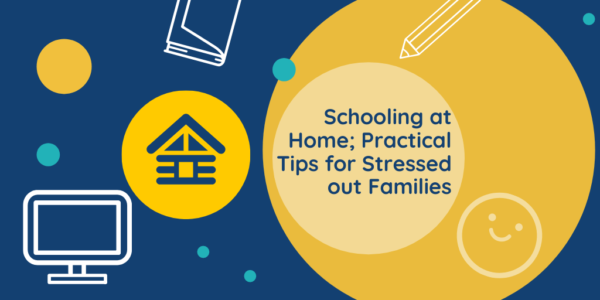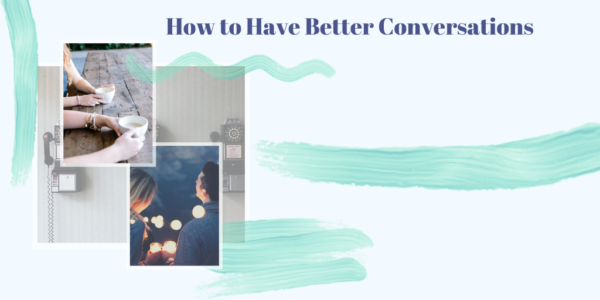
Recently people and businesses all around the world have been restructuring their lives with the recent quick shifts to maintain the health of people and communities. Many of us are all settling into new routines while being homebound. One of the new challenges most of us are facing is how to set ourselves up for balance and success while working from home? We at Unified Caring Association (UCA) are sharing caring information to help people who are working from home.
Create the Environment
The first step on this new journey is to create a productive and comfortable environment at home to work in. While working from home you will need a space to call an office. Set up a desk or office space to be your zone for work. Set up all of the technology and tools you will need. Some of these tools, like a laptop or printer, you might have at home or brought to us from our office. If you have a window, try opening it up for fresh air to keep you alert. A bonus to having a window is that you can look outside. Greenery helps us feel more relaxed and stay healthy. Lastly, when setting up your work environment, limit any distractions. This means turning off unnecessary technology, such as the television or silencing notifications for social media, keeping your work space clutter free, and letting your family and roommates know that you are working. Limiting the interruptions can help boost your productivity.
Scheduling Your Week and Day
Now that you have space to work and be productive in, it is time to set yourself up for success. Setting goals and scheduling your time becomes very important. (Trust us, it is easy to bake cookies while answering work emails!) Think about what days of the week you will be working; many of us it is Monday-Friday from about 9 am to 5 pm. Be sure to include untouchable days or days off to recharge and spend quality time socializing with loved ones. Goals help us plan our lives, and setting good goals throughout the week help us with our success. Goals also help us build habits. For example, setting a goal of taking a lunch break each work day to clear your mind, and say hi to your family. Each day’s schedule should include a healthy chunk of time around lunch where you are away from your office/desk and your computer. During this time you can do anything else, like go on a virtual museum tour with your kids!
An interesting thing that can be carried into each day is setting up a morning routine. Get yourself up at a decent hour, brush your teeth, eat, and get dressed in something other than pj’s to rev up your mind and get those brain cells going. Healthy habits help us feel in control and less stress over time.When you review your schedule for the day, tackle big tasks first thing in the morning. Maybe that big task is writing annual reviews for your team, or an important meeting with board members for a new project. Once that daunting task is over, the rest of the day will feel like a snap. The rest of the day’s schedule should be set up by grouping related tasks together. One example is to have the hour between 2 pm and 3 pm for responding to emails. Or 10 am to 11 am checking in with your team for the day. Overall, know your productive times of the day. Each person is unique, and setting a schedule should reflect that. One key is to adjust your schedule as needed; especially these days, we might need to adjust our schedule midday due to telecommuting or global events.




















